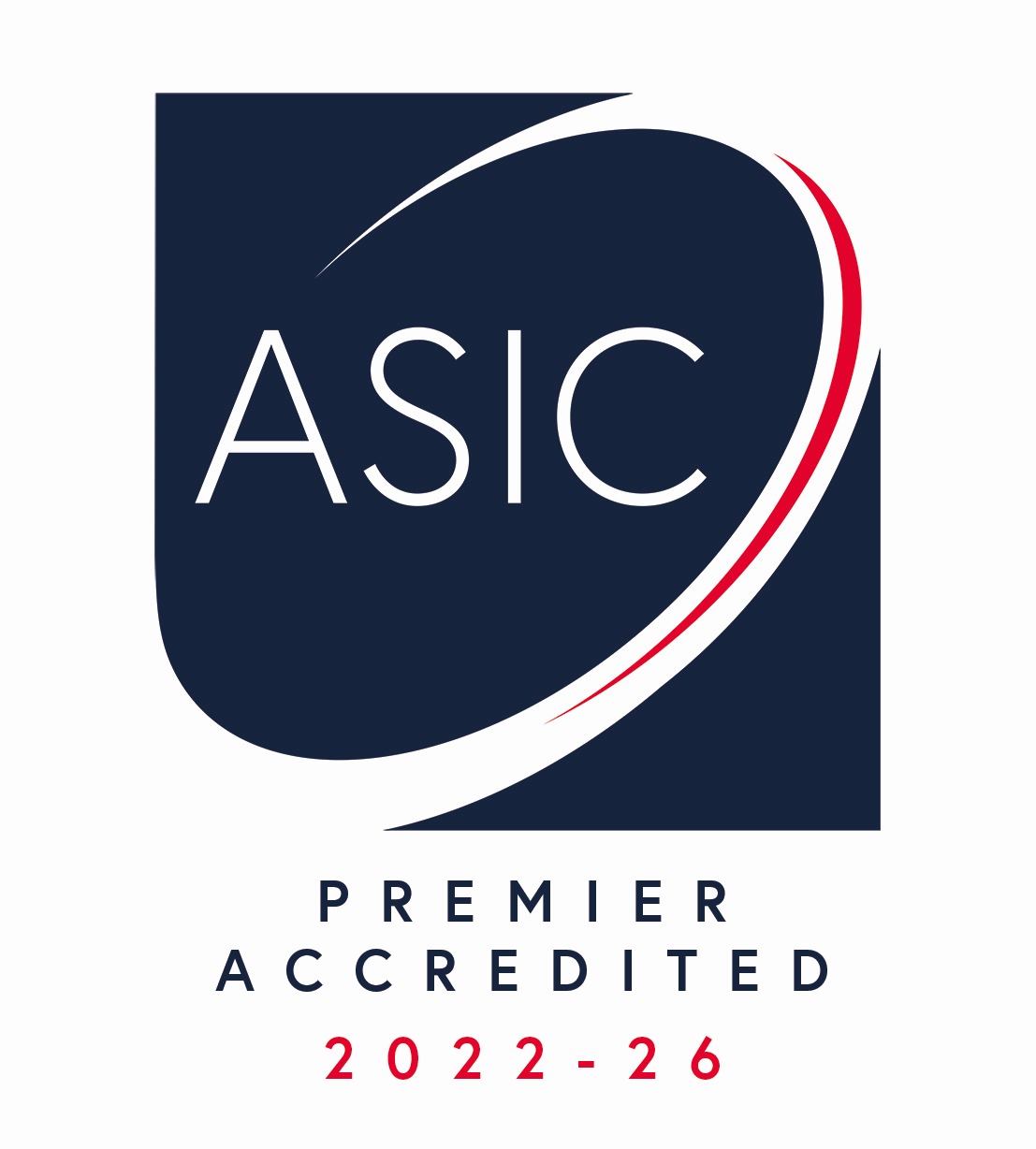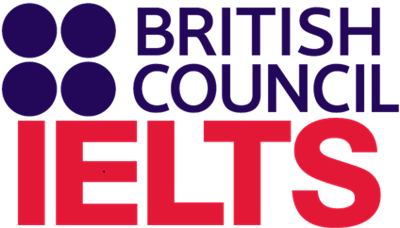The Evaluation of a Fractured Carbonate Reservoir Using Wireline Well Logs Data in a selected Oil Field in Kurdistan Region
- 01:00:00
- published: 2021-11-07
- Knowledge University, hall NO. 18.
Petroleum Engineering department will held a seminar by Eng. Sivar Kais Dalawy - Teaching Assistant at Petroleum Engineering Department,KNU - MSc in petroleum Engineering, entitled:
The Evaluation of a Fractured Carbonate Reservoir Using Wireline Well Logs Data in a selected Oil Field in Kurdistan Region
Date:Wednesday 10-11-2021
Time: 1:00 pm
Venue: Hall No.18.
Abstract:
For decades, well logging has proven to be one of the best sources of data acquisition as it can effectively provide subsurface data through well logs. However, it is always recommended to integrate the petro-physical data obtained from well logs with core and well test data to better interpret what is happening down there in the reservoir. Logging tools have sufficiently proven to be very useful during all stages of exploration, appraisal, development, and production as they can provide good information about the quality of the reservoir rock, the hydrocarbons residing in, the source rock, geological modeling, HCIIP estimation, and monitoring the way the remaining hydrocarbons are distributed (TRACS INTERNATIONAL, n.d).
There are several logging tools that can measure physical properties and ultimately convert them into petro-physical properties. Shortly, through using wireline log data, one could be able to calculate several petrophysical properties such as shale volume, porosity, permeability, water saturation and hydrocarbon saturation.
Reservoir Evaluation is a method used to describe and determine the flow properties, chemical and physical properties of rocks as well as the fluids they contain in a petroleum reservoir. However, well logs are considered as one of the most essential and crucial technique in oil and gas industry for reservoir evaluation.
This study focuses and sheds light on understanding and calculating the most significant and essential petrophysical properties in a reservoir by using wireline logs data along with using Techlog software to better understand the reservoir evaluation and its impact in oil and gas exploration as well as to understand its contribution in enhancing the quality of reservoir
1.1 Problem Statement
Several wells in Kurdistan are currently under active exploration and appraisal phases where reservoir evaluation is crucial for accurate assessment of hydrocarbon volume in place. In this regard, well log data from one of these discoveries will be assessed and evaluated. However, the main challenge is to find the matrix contribution to provide the essential or secondary permeability/porosity for fluid flow and storage in subsurface reservoirs. This current study will attempt to address the contribution of matrix porosity and permeability and to assess the hydrocarbon through the reservoir intervals. In addition, perforation should be based on thorough evaluation of the reservoir and its best interval in terms of reservoir quality. Lastly, accurate calculations of petrophysical properties are significant for a precise estimation of the reserves.
1.2 Objectives of the Study
The main aims of this study are providing the following deliverables:
• Reservoir Evaluation of the studied formation (Alan, Mus and Adaiyah)
• Estimation of shale contents in each formation and reservoir thickness.
• Calculation of effective and total porosity.
• Estimation of permeability
• Computation of water and oil saturation.
• Evaluation of the best interval among the reservoir unit where further evaluations such as core points, fluid samples, MDT should be carried out in future drilling campaigns.
• Assessment of hydrocarbon bearing zones.



